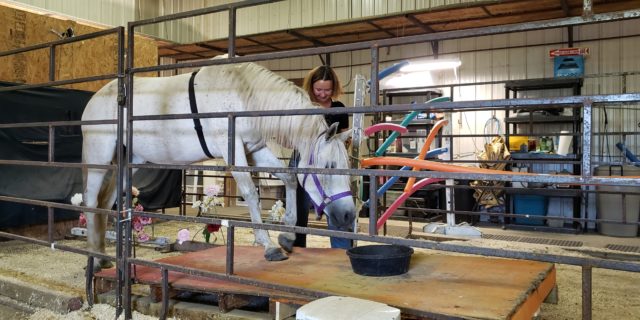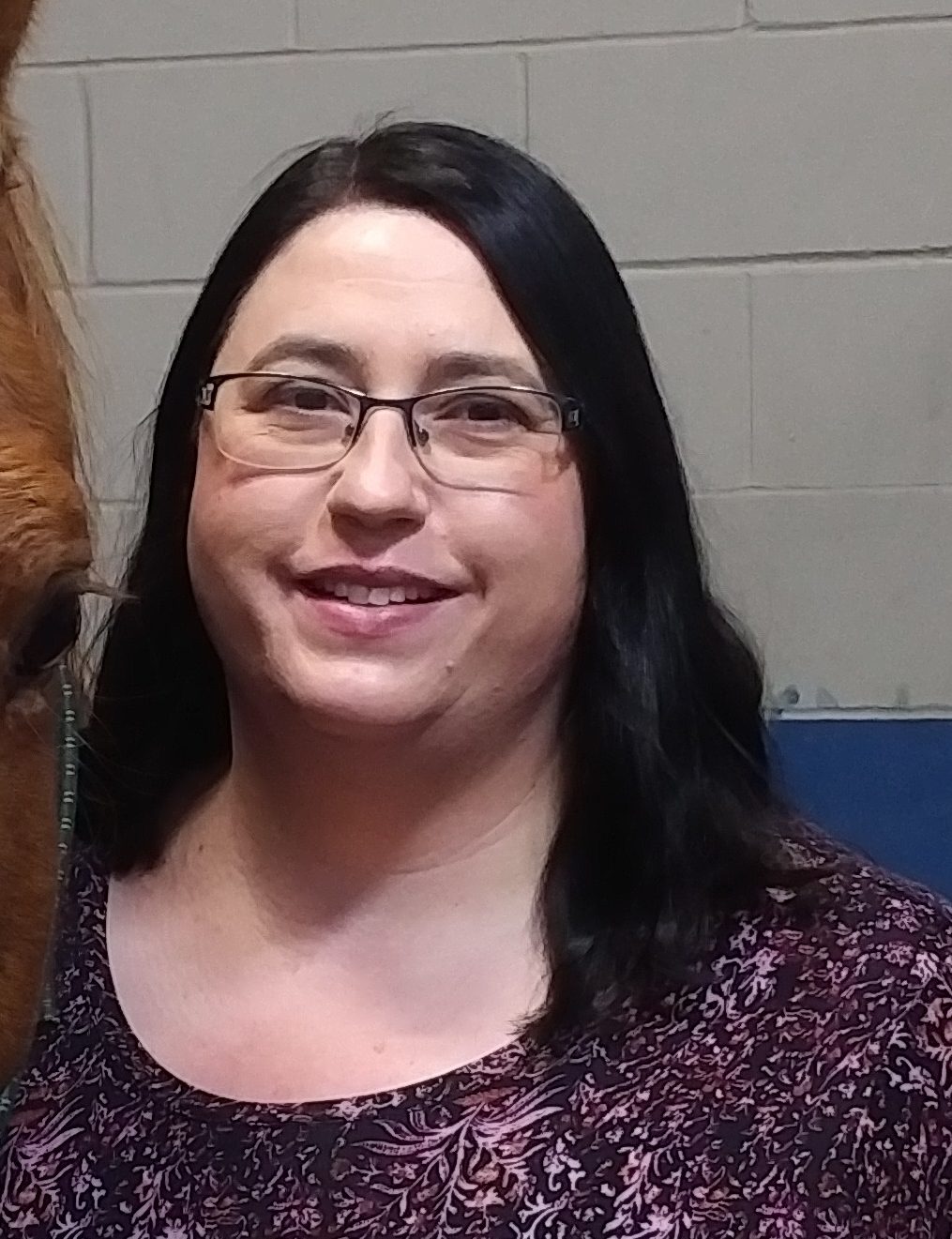
By
Tammy McKenzie and Anna Hawkins
January 2020
Print Version
What you need to know
Horses are routinely trained to perform a variety of tasks, yet relatively little research has been conducted to determine how often and for how long a horse should be trained to obtain the best short-term and long-term training outcomes. A question of interest is whether learning is more effective if it is conducted all in one chunk (massed) or spread out over a number of learning bouts within a training session (spaced or distributed). Research on other species, including humans, indicates that spaced training often, but not always, results in better acquisition and retention of new skills than does massed training. The purpose of the current research was to examine the effects of massed versus spaced learning within training sessions on horses’ rates of learning and retention of an obstacle task.
Why this research is important
This research focused on increasing humans’ knowledge of factors that affect how horses learn. This issue is important given that making simple changes within a training session has the potential to improve how quickly horses learn new tasks and how well this learning is retained over time. It also has the potential to reduce frustration for both horse and human, thus improving the learning experience and minimizing the risks for accidents.
How this research was conducted
Fifteen horses were divided into three comparable groups with regard to age, sex, and personality. Training sessions were 30 min in length. Group 1, massed learning, was trained with three 5-min learning bouts back to back during the first 15 min of the session and was then given a 15-min break. Group 2, equal spaced learning, was trained with equal amounts of rest time between learning bouts (5 min of training, 5 min of rest —repeated three times). Group 3, variable spaced learning, was trained with variable amounts of time between learning bouts (5 min of training, 3 min of rest, 5 min of training, 10 min of rest, 5 min of training, 2 min of rest).
The horses were taught to walk through an obstacle course consisting of four obstacles. The obstacles were a shower curtain cut into strips that was suspended from a pole that the horse had to walk through (to simulate trees), a pool noodle obstacle in which pool noodles were attached to poles on both sides of the horse such that the horses had to brush up against them on both sides when walking through the obstacle (to simulate trees and brush), fake flowers that the horse had to walk over (to simulate flowers and grasses) and a wooden teeter totter (to simulate situations in which the horse has to walk over ground that shifts).
The amount of training time that it took for the horse to learn to walk through the obstacle course three consecutive times following the handler without being attached to a lead rope was recorded. Retention of the task was tested once at 1 day and again at 14 days following the initial mastery of the task. For the retention test, the time that horses took to complete the task one time was recorded.
What the researchers found
No significant differences were found between the groups in the rate it took the groups to learn the task, but this may have been due to the small sample size. The massed versus spaced training may have had an impact as, on average, the obstacle task was learned in 21 min by horses in the equal spaced learning group, 29 min by horses in the variable spaced group, and 51 min by the horses in the massed group. These results suggest that there is a potential benefit of spaced learning in horses. To confirm this, fifteen additional horses will participate in a study in the summer of 2020.
No differences were found between the three groups in terms of the horses’ ability to retrain the task 1 day or 14 days after initial learning of the obstacle task.
How this research can be used
According to the most recent data from the Food and Agriculture Organization of the United Nations (2017), the world’s horse population now exceeds 66 million animals (11 million in North America). Many humans interact with and train horses on a daily basis, either for pleasure or work. Determining the best training schedule for horses is of value as it could allow for the maximum gain in learning outcomes with the minimum amount of time, injury, and frustration for both the horse and handler.
About the Researchers
Keywords
- cognition
- horse
- learning
- massed
- spaced
Editor: Christiane Ramsey
Read more BU Research
Research at Brandon University follows comprehensive policies designed to safeguard ethics, to ensure academic integrity, to protect human and animal welfare and to prevent conflicts of interest.

